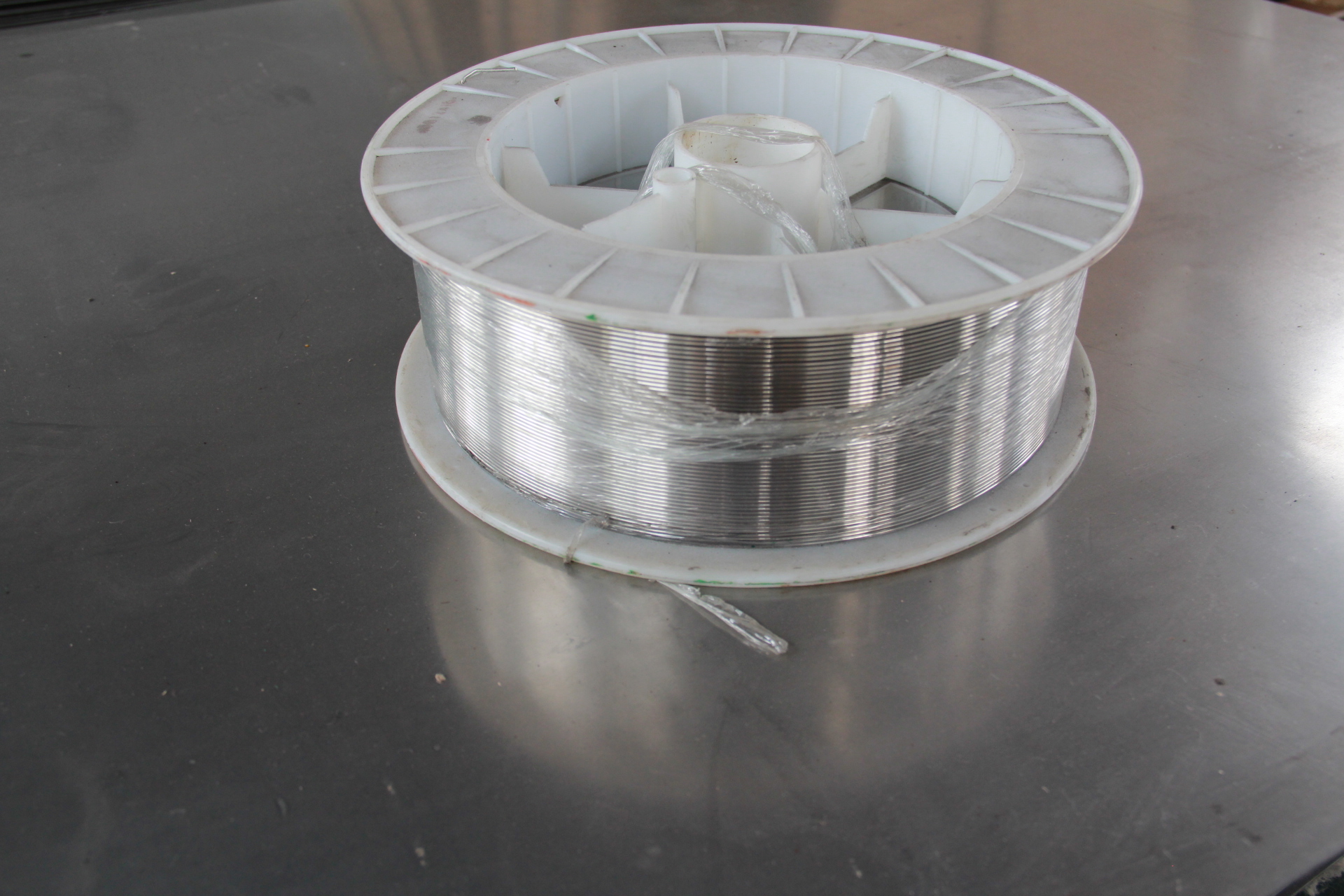Scientists discover another possible use of coffee grounds: biodegradable plastic
According to foreign media New Atlas, we have heard more and more news about environmentally friendly biodegradable plastics, which are made of cellulose nanofibers. Although these fibers are usually obtained from wood waste, new research shows that they can also be obtained from large amounts of waste coffee grounds. Cellulose is the most abundant organic compound on earth. Elsewhere, it exists in the cell walls of plants-it is what makes the leaves and stems of plants so strong.

The coffee grounds are not completely lacking, according to the International Coffee Organization estimates, the world produces more than 6 million tons of coffee grounds every year. Some of them are composted, while others may one day be used for materials such as carbon capture materials, biofuels or road materials. Nonetheless, at least for now, most coffee grounds will eventually be discarded in landfills.
Scientists at Yokohama National University in Japan, led by associate professor Izuru Kawamura, decided to study whether these waste coffee grounds can be used as a source of cellulose nanofibers. Of course, coffee grounds show promise because about half of their weight and volume are made of cellulose.
The researchers used a process previously developed called catalytic oxidation, which uses a catalyst to oxidize the cell walls of coffee beans. When the obtained cellulose nanofibers were analyzed, they were found to have an ideal uniform structure. They also combine well with polyvinyl alcohol, a polymer used to produce biodegradable plastics-scientists have already thought about the first coffee plastic products in the future.
"Now, more and more restaurants and cafes have banned the use of disposable straws," Izuru Kawamura said. "After this campaign, our goal was to make a transparently treated coffee cup and straw with an additive composed of cellulose nanofibers in waste coffee grounds."
Recently, a paper on this study was published in the journal Cellulose.
Nickel-based alloy wire owns good resistance to high reactive gases, caustic resistance medium and acid corrosion performance, and also owns high strength, good capability of shaping, hot and cold forming and welding deformation. Therefore it is widely used in petroleum chemical industry, metallurgy, atomic energy, ocean development, aviation, aerospace to solve the problem that general industry, stainless steel and other metals, non-metallic materials engineering corrosion problems could not be solved,it is a very important kind of corrosion resistant metal materials. Nickel based alloys are nickel based alloys that contain alloy elements and which can be resistant to corrosion in a number of media. To classify the chemical composition characteristics, mainly nickel, nickel copper alloy, nickel alloy, nickel chromium molybdenum (Nie Mutie) (iron nickel alloy), nickel chromium molybdenum (including Ni Cr Mo alloy and Ni Cr Mo Cu alloy) and nickel iron chromium (both iron nickel alloy) and other types of. Pure nickel welding wire ERNi-1 for welding of 200, 201 nickel alloy and nickel plated steel plate; steel and nickel dissimilar materials welding; steel surface surfacing.

Nickel Alloy Welding Wire\Welding Consumables
Nickel Alloy Welding Wire,Welding Consumables,Alloy C276 Materials,Inconel 600 Welding
Jiangsu nickel alloy Co.,Ltd , https://www.xhalloy.com
